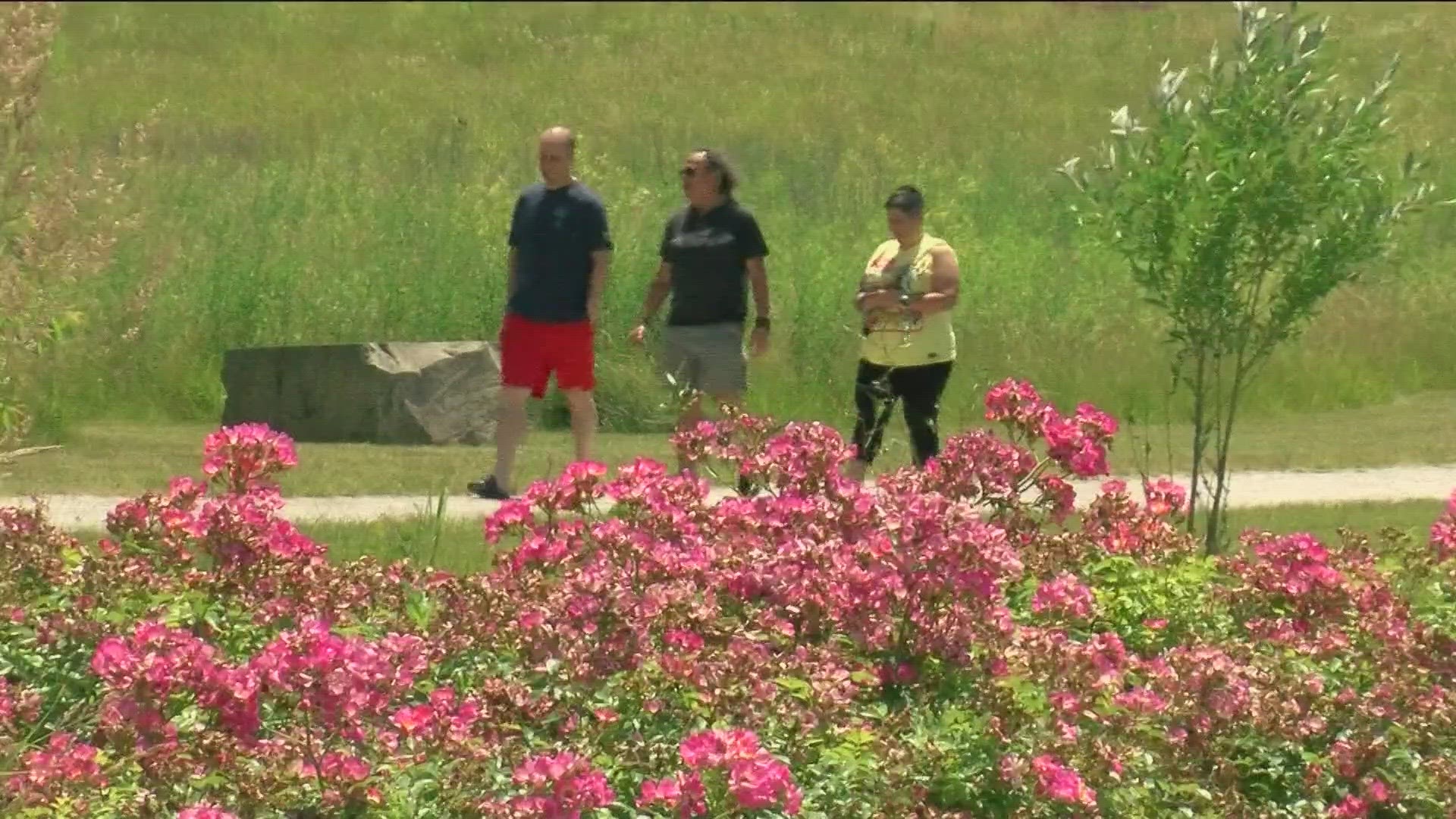TOLEDO, Ohio — The city of Toledo has been chosen for the National Oceanic and Atmospheric Administration's Urban Heat Island Mapping Campaign.
The campaign will study how, and why, temperatures are more likely to reach extremes in urban areas. Heat causes more deaths in America than any other weather event.
What they are focusing on is how they can help communities across the country as well as internationally deal with the challenges of climate change in the impact that is having on more extreme weather like extreme heat.
The more the NOAA can do to help map out the impacts in local communities that these heat waves and extreme heat have, the better it is for planners and citizens who live in the communities.
How do urban heat islands affect us? The urban heat island effect is an urban area that is significantly warmer than its surrounding rural area due to human activities.
NOAA will enlist not only officials and scientists with organizations like WTOL 11, but also citizen scientists in the community who can capture data they will give out devices. Citizens will essentially be given thermometers and other equipment so they can test the weather they track and the changes that they’re seeing on a daily basis.
Toledo was one of the 14 cities picked in the U.S. to be a part of this campaign, due to the problem that the city faces. Toledo has seen record-breaking extreme weather events more in the last few years than in recorded history.
Data indicates that it is going to continue to be a real problem for the city but more importantly, it’s going to affect people's daily lives. We have to do everything we can to try to make people's lives safer, enhance their quality of life and make decisions that will help everyone live those better lives.
The goal of the project is to create a detailed heat island map for each community that provides the scientific data that can be used to inform community strategies to cool the most affected neighborhoods and raise public awareness of the growing health and environmental justice issues posed by rising heat exacerbated by climate change.

